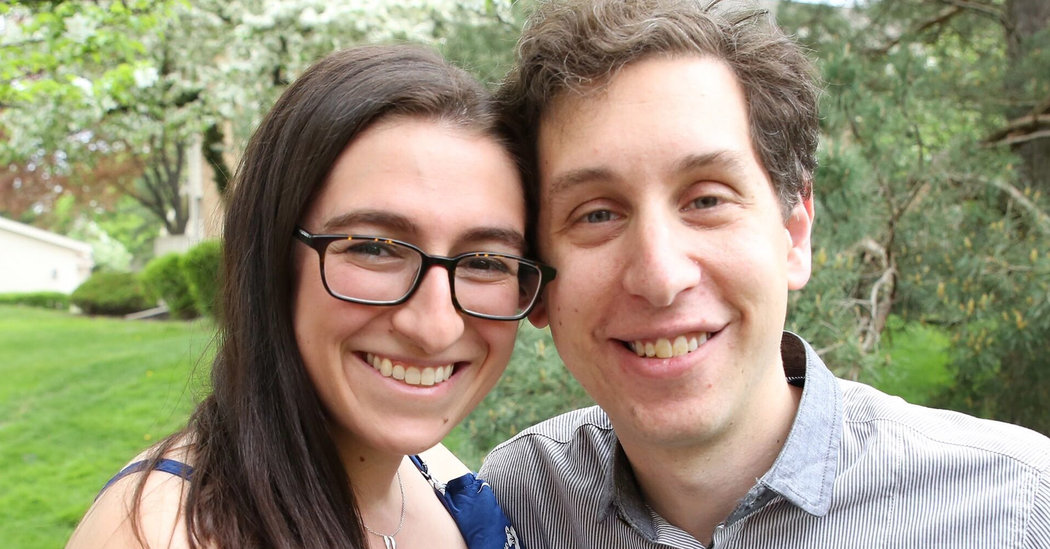Whitney Holman, Dazell Washington
Whitney Sherease Holman and Dazell Deshaun Washington were married Sept. 21 at the Christian Fellowship Family Worship Center in Violet, La. The Rev. Henry Ballard, a Baptist minister, performed the ceremony. The couple met at Cornell, from which each graduated, and began dating in 2013 in Dallas. Ms. Holman, 28, works in Dallas as a…
Details









